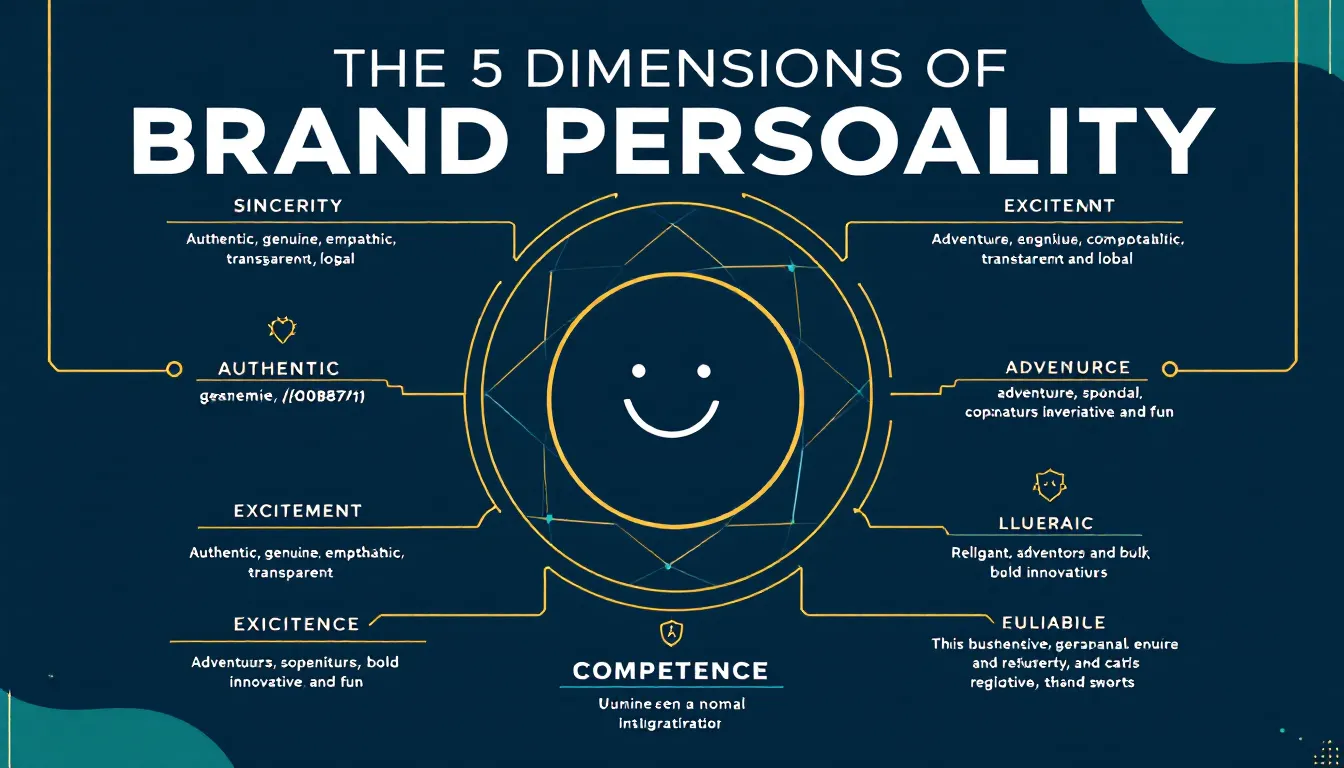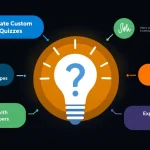Brand Personality Quiz
Is this tool helpful?
How to Use the Brand Personality Quiz Tool Effectively
This comprehensive brand personality analysis tool consists of four key input fields designed to gather essential information about your company’s brand identity. Here’s a detailed guide on how to fill out each section:
1. Company Name Field
Enter your company’s official name in this field. For example:
- “Green Earth Sustainability Solutions”
- “Momentum Digital Marketing Agency”
2. Brand Values and Mission Statement
Input your company’s core values and mission statement in this section. Be thorough and specific. Sample entries:
- “At Green Earth, we strive to revolutionize sustainable business practices through innovative environmental solutions while maintaining profitability and social responsibility. Our core values include environmental stewardship, innovation, and community engagement.”
- “Momentum Digital empowers businesses through data-driven digital marketing strategies, fostering growth and measurable results. We value transparency, creativity, and client success above all.”
3. Target Audience Description
Describe your ideal customer profile in detail. Example entries:
- “Environmentally conscious business owners aged 35-55, operating medium-sized companies with annual revenues between $5-50 million, seeking sustainable business solutions.”
- “Small to medium-sized e-commerce businesses in the fashion and lifestyle sectors, with founders aged 28-45, looking to scale their digital presence.”
4. Industry Type
Specify your business sector. Examples:
- “Environmental Consulting and Sustainable Solutions”
- “Digital Marketing and E-commerce Strategy”
Understanding Brand Personality Analysis
A brand personality quiz is a strategic tool that helps organizations understand and refine their brand identity by analyzing various components of their brand communication and values. This tool uses advanced analysis to evaluate your brand’s personality traits and provide actionable insights for improvement.
Key Components Analyzed
- Brand Voice and Tone
- Value Proposition Alignment
- Target Market Compatibility
- Industry Positioning
- Brand Archetype Classification
Benefits of Using the Brand Personality Quiz
1. Strategic Clarity
Gain clear insights into your brand’s current positioning and identify areas where your brand personality can be strengthened or refined.
2. Market Differentiation
Understand how your brand personality sets you apart from competitors and discover opportunities to enhance your unique value proposition.
3. Customer Connection
Align your brand personality with your target audience’s preferences and expectations to build stronger emotional connections.
4. Communication Consistency
Develop guidelines for consistent brand communication across all marketing channels and customer touchpoints.
Practical Applications and Use Cases
Scenario 1: Rebranding Initiative
A tech startup, “InnovateTech Solutions,” used the brand personality quiz during their rebranding process. The analysis revealed:
- Current Perception: Technical and distant
- Desired Perception: Innovative yet approachable
- Action Items: Incorporated more human-centric language and visual elements
- Result: 40% increase in customer engagement
Scenario 2: Market Expansion
A local fitness brand, “FitLife Studios,” utilized the quiz before expanding to new markets:
- Initial Analysis: Strong local community focus
- Challenge: Maintaining personal touch while scaling
- Implementation: Developed region-specific brand personas
- Outcome: Successful expansion while maintaining brand authenticity
Brand Personality Framework
The Five Dimensions of Brand Personality
- Sincerity: Down-to-earth, honest, wholesome, cheerful
- Excitement: Daring, spirited, imaginative, up-to-date
- Competence: Reliable, intelligent, successful
- Sophistication: Upper class, charming
- Ruggedness: Outdoorsy, tough
Interpreting Your Results
The analysis provides insights across multiple dimensions:
1. Brand Archetype Assessment
- Primary archetype identification
- Secondary trait analysis
- Personality alignment score
2. Market Positioning Analysis
- Competitive differentiation factors
- Industry alignment metrics
- Target audience resonance
3. Communication Strategy Recommendations
- Tone of voice guidelines
- Content strategy suggestions
- Visual identity alignment
Frequently Asked Questions
Q: How often should I conduct a brand personality analysis?
A: It’s recommended to conduct a brand personality analysis annually or whenever significant changes occur in your business strategy, target market, or competitive landscape.
Q: What makes a strong brand personality?
A: A strong brand personality is authentic, consistent across all touchpoints, resonates with the target audience, and differentiates the brand from competitors.
Q: How can I implement the insights from the analysis?
A: Start by creating an action plan that prioritizes key findings, develop new brand guidelines, train team members, and gradually implement changes across all marketing channels.
Q: Can multiple team members participate in the analysis?
A: Yes, gathering input from various team members can provide a more comprehensive view of your brand’s personality and internal perception.
Q: How does brand personality impact customer loyalty?
A: A well-defined brand personality creates emotional connections with customers, leading to stronger brand loyalty and increased customer lifetime value.
Q: Should startups invest time in brand personality analysis?
A: Yes, establishing a clear brand personality early helps startups build strong foundations for sustainable growth and market differentiation.
Best Practices for Brand Personality Development
1. Consistency
Maintain consistent brand expression across all marketing channels and customer touchpoints.
2. Authenticity
Ensure your brand personality aligns with your company’s values and operational reality.
3. Evolution
Allow your brand personality to evolve naturally while maintaining core identity elements.
4. Measurement
Regularly assess the impact of your brand personality on customer perception and business metrics.
Important Disclaimer
The calculations, results, and content provided by our tools are not guaranteed to be accurate, complete, or reliable. Users are responsible for verifying and interpreting the results. Our content and tools may contain errors, biases, or inconsistencies. We reserve the right to save inputs and outputs from our tools for the purposes of error debugging, bias identification, and performance improvement. External companies providing AI models used in our tools may also save and process data in accordance with their own policies. By using our tools, you consent to this data collection and processing. We reserve the right to limit the usage of our tools based on current usability factors. By using our tools, you acknowledge that you have read, understood, and agreed to this disclaimer. You accept the inherent risks and limitations associated with the use of our tools and services.







